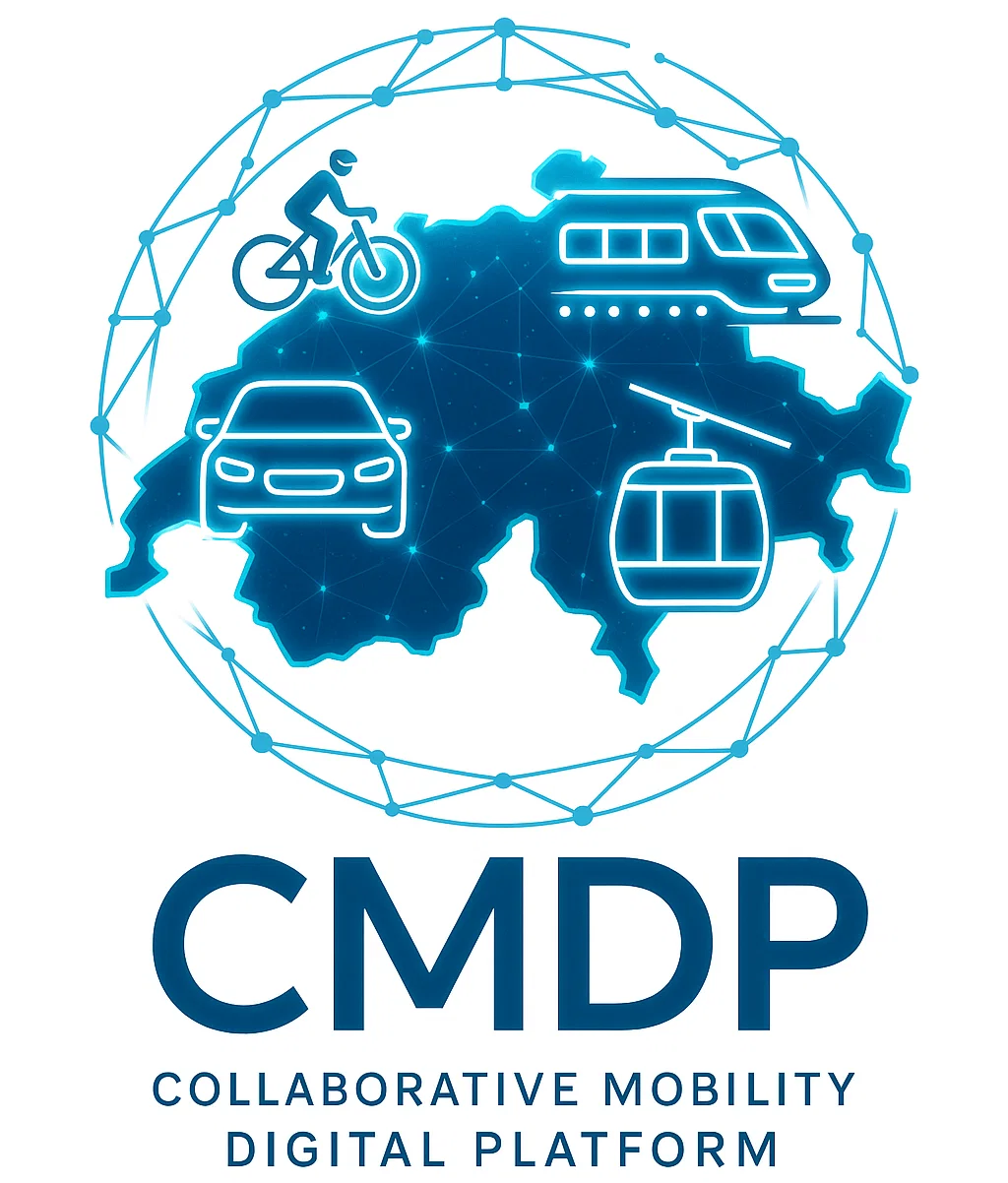A Collaborative Mobility Digital Platform: From Big Data to Zero Emissions.
Making Transport Planning Smarter with New Digital Tool

Understanding human mobility and forecasting the impacts of policy interventions or infrastructure investments are essential for effective transport planning and are key to achieving societal climate goals. To support this, transport models are crucial tools used to simulate and predict how people and goods move through a transport system.
In Switzerland, aggregated and proprietary transport models are predominantly used for this task. This approach poses several challenges. First, these models are expensive to set up and maintain, limiting their use to large organizations. This excludes many important players, such as transport operators, cities, and universities, from participating in transport planning more proactively. Second, sometimes the available models are inadequate for our increasingly connected (shared) mobility systems and modern transport policies such as congestion pricing. Third, current models rarely fully utilize novel data collection techniques, such as real-time automatic passenger counts in buses and trams. As a result, their potential remains underused, one of the biggest challenges in today's mobility planning.
The recently launched project, led by Milos Balac, is a collaboration with implementation partners Transports Publics de la Région Lausannoise (tl), Transports Publics Genevois (tpg), and Ville de Lausanne to develop an open-source, collaborative platform for mobility analysis and forecasting. This platform will explore several innovations: incorporation of state-of-the-art mobility data acquired by operators into the model, automated data import, novel mobility data analysis, automated calibration, and the ability to study complex integrations between public transport and other systems. It will also support policy-oriented visualizations. The platform will use the agent-based mobility simulation tool MATSim and will leverage the national ORD infrastructure, such as the Open Digital Twin Platform, to enable robust mobility digital twin development.
This new innovation project is designed to bring state-of-the-art transport modelling tools to a broader community in a cost-efficient way. The approach will be applied in Geneva, with tpg as the implementation partner. The Lausanne agglomeration will demonstrate generalizability and transferability with the Ville de Lausanne and tl as the implementation partners.
Aurore Sallard and Abdelkader Dib, recently joined the Centre for Sustainable Future Mobility - ETH Zurich to work with Milos Balac on this challenging project.
CSFM
Universitätstrasse 41
8092
Zürich
Switzerland

